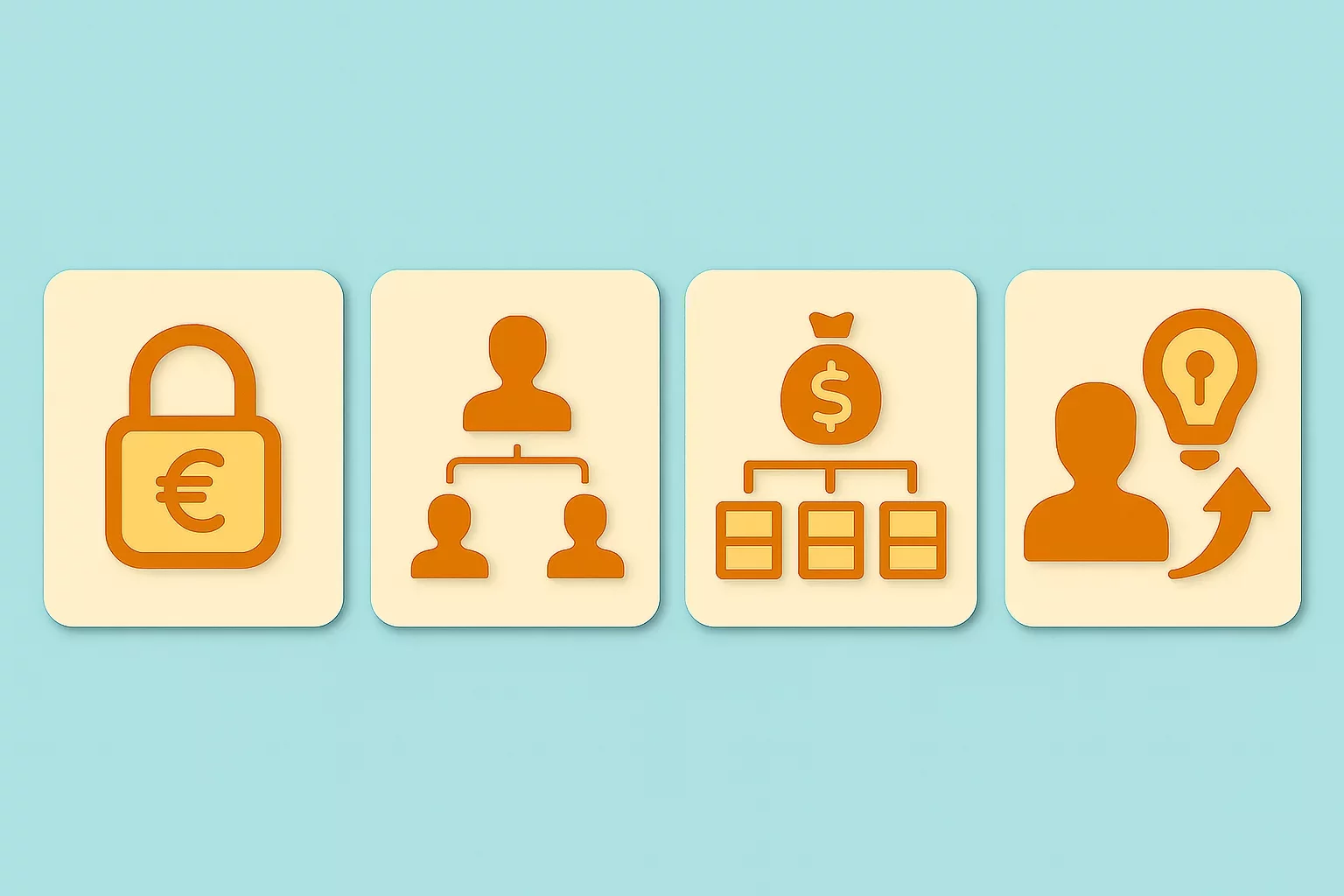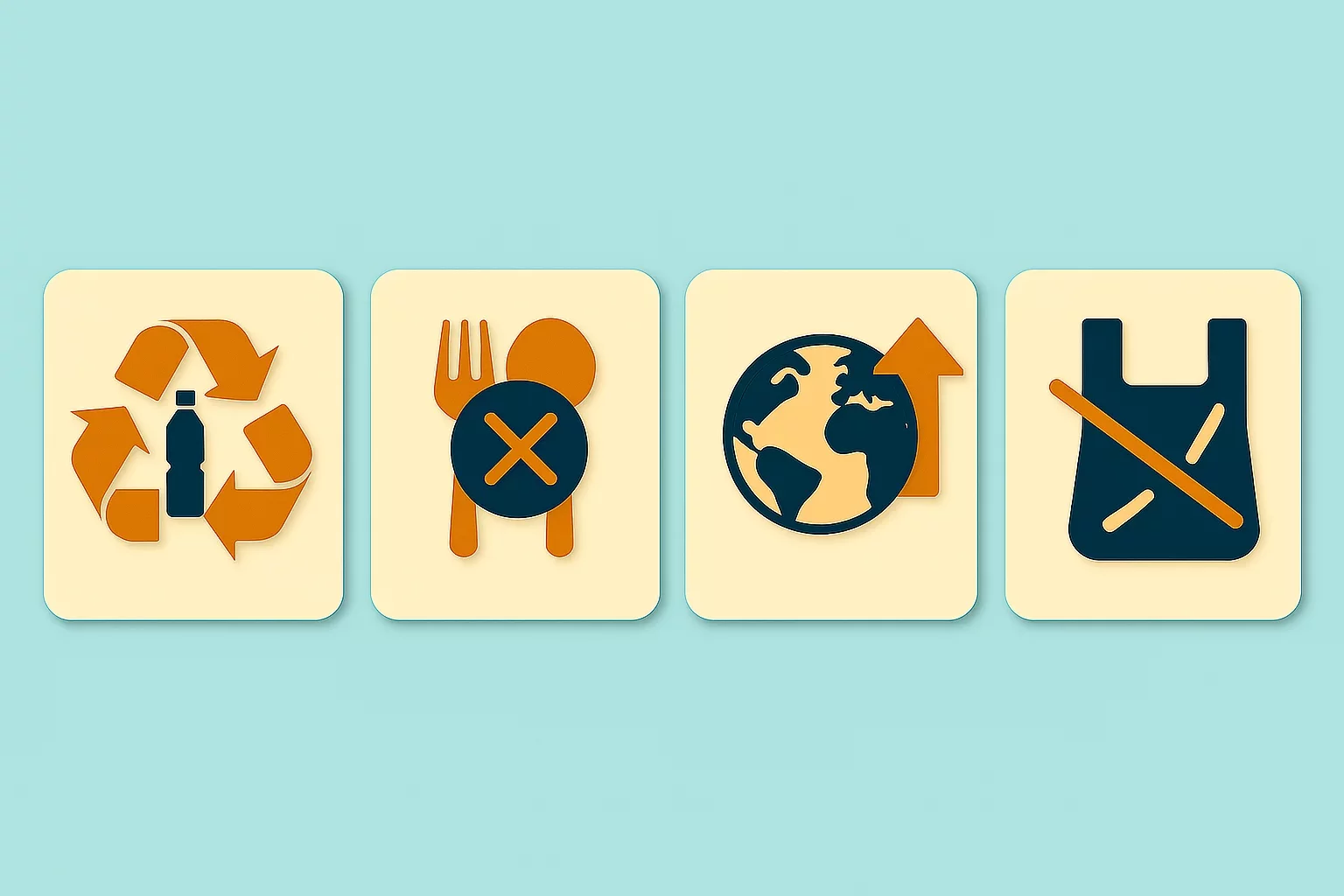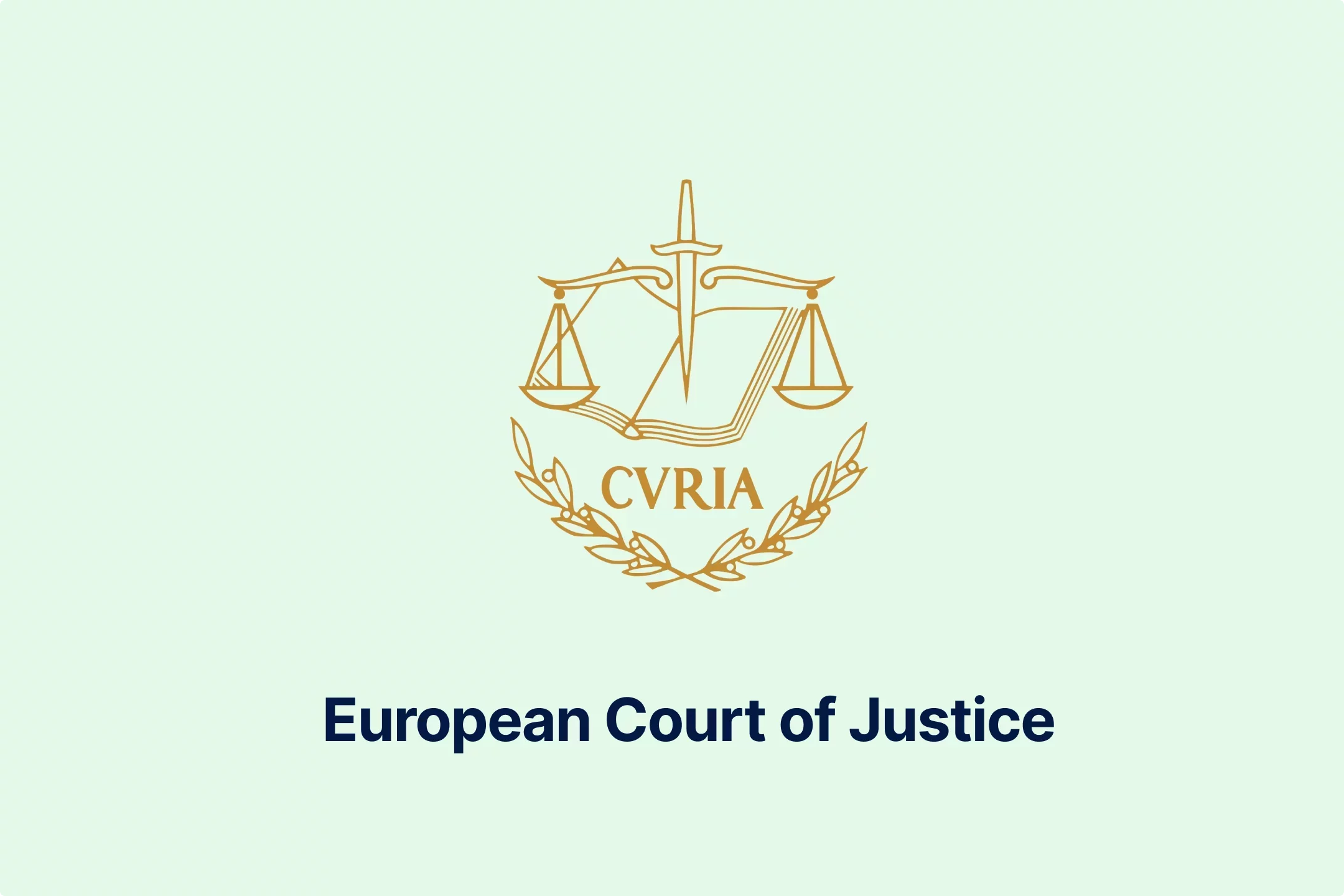Finland Proposes Reduced VAT Rate of 13.5% from 2026
-qtdkwpgkug.webp)
During the announcement that the Prime Minister Petteri Orpo Government has agreed on the General Government Fiscal Plan for 2026–2029, one of the topics was the proposal to decrease the reduced VAT rate from 2026.
The decrease in the reduced VAT rate is just one of the proposed measures aimed at reinforcing the conditions for economic growth, which also includes lowering the tax burden on work for low-income and middle-income earners.
Impact on Taxable Persons
The main points of the General Government Fiscal Plan for 2026–2029 include reducing the taxation of work by approximately EUR 1 billion, enhancing entrepreneurship by lowering the corporate tax rate to 18%, increasing defense spending by EUR 3.6 billion by 2029, and significantly improving resources for internal security.
One of the main measures to boost purchasing power, according to Prime Minister Petteri Orpo's Government proposal, is a decrease of 0.5% for the reduced VAT rate, which means that the new VAT rate would be 13.5% instead of the current 14%. The 13.5% reduced VAT rate primarily applies to food and medicine products.
Decreasing the rate for these products would result in a reduction of approximately EUR 145 million in the government's budget revenue. On the other hand, it would reduce the price of essential food and medical products for citizens. For taxable persons, this may contribute to a more competitive advantage due to lower product prices and a slight margin improvement.
Conclusion
If the Finnish government moves forward to lower the reduced VAT rate, that would mark the second change in VAT rates in two years. Previously, on September 1, 2024, the standard VAT rate was increased from 24% to 25.5%.
However, the final decision has yet to be made, and the procedure for legislative change must be carried out. Therefore, taxable persons should wait until the proposal is officially adopted and the implementation date is announced before adjusting their invoicing and accounting systems accordingly.
Source: Ministry of Finance, VATabout

Featured Insights

Angola’s E-Invoicing Mandate: Phased Implementation Continues Into 2026
🕝 December 10, 2025
VAT Deduction and Business Succession: When Do Advisory Costs Serve the Company’s Interest?
🕝 December 8, 2025
Europe’s Plastic Fiscal Shift: Why Italy’s Plastic Tax Now Starts in 2027
🕝 December 3, 2025
The Decline of Low-Value Import Exemptions: Closing Gaps in Cross-Border E-Commerce
🕝 November 20, 2025More News from Finland
Get real-time updates and developments from around the world, keeping you informed and prepared.
-e9lcpxl5nq.webp)




